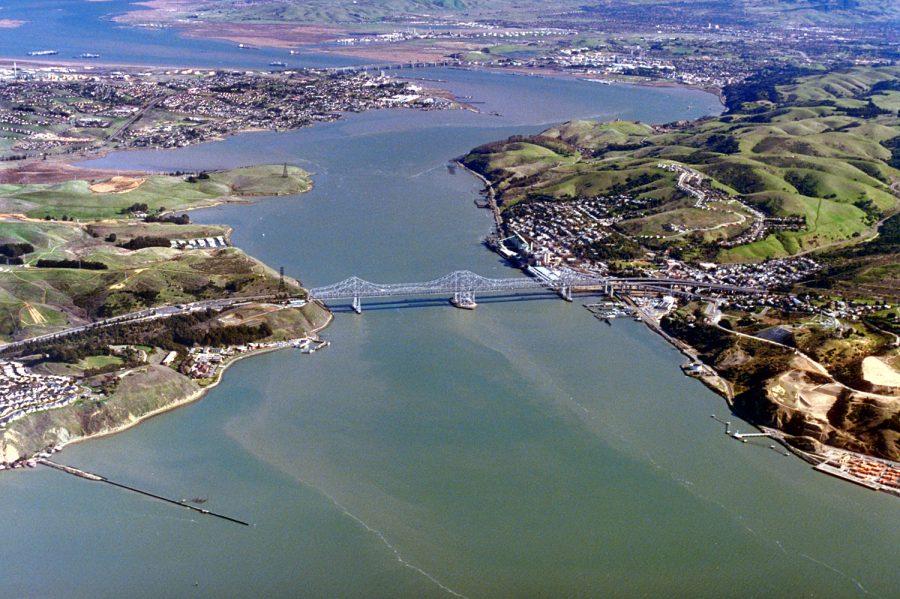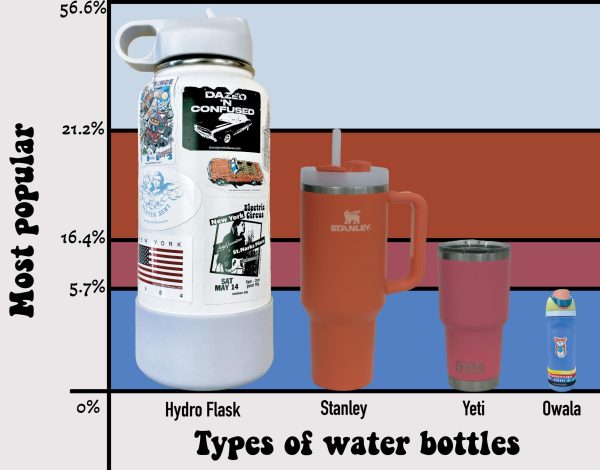Climate Change will directly affect the Sacramento area
Climate change may not be a new discovery, but what is new is the discoveries of how it will affect the Sacramento and Placer County area. Based on the specific environmental situation, National Geographic and other scientific organizations have concluded that climate change will not only change the climate, but change Sacramento’s environment as well, forcing the residents of the Sacramento area to adapt to the coming changes.
Here is a list of issues that based on National Geographic and Planet Earth and the United Nations Environmental Program (Sacramento Chapter) that are evident to the Sacramento area specifically.
1. Droughts, leading to wildfires
According to National Geographic, 75 to 80 percent of California’s freshwater comes from the Sierra Nevada Snowpack. In a drought already, adaptations have already been forced upon Sacramento and Placer County. Over the years, an estimate by California’s Department of Water Resources concludes that as climate change takes advantage of the Sierra Nevadas, less than 14 percent of previous usage will be sustainable. Rivers will also have much lower levels of precipitation and evaporation will occur due to the higher levels of UV sunlight estimated to increase height as climate change takes effect. This will affect bodies of water such as the Sacramento River and Folsom Lake, whose water levels are currently at 829,878 AF, a measurement standing for acre foots, where one acre foot equals 325,851 gallons of water.
Droughts lead to the cause of wildfires. According to the National Wildlife Federation, warmer and drier conditions attract insect infestations, resulting in large areas of dehydrated and combustible trees. These trees are a quick fuel for forest fires. Overall, the NWF estimates that the overall area that will be burned is projected to double by late this century across all western states. Areas less than an hour away from Sacramento and Rocklin are filled with grassland and trees that are susceptible to these conditions.
In order to decrease the effects of droughts, residents should be conserving water as much as possible. Even the smallest difference can have the largest effect on the environment.
2. Increasing difficulty in breathing and health
Because of the dryness that California is experiencing due to the drought, California’s Department of Water Resources sees areas such as Placer County being much more susceptible to intense water damage. Because of the overuse of water after the last drought such as to replenish parks and grass areas, Sacramento and the Valley are estimated to take a much harder hit as the world becomes drier and windier. This can lead to plants dying, leading to less oxygen in the air.
The Central Valley, according to “State of the Air” by the American Lung Association, has the second worst ozone pollution. Warm weather leads to more smog, leading to worse air quality and more dust as well.
Bad air quality will ultimately lead to a state decrease in overall health. According to The United Nations Association of The United States of America (UNA-USA) Sacramento Chapter, The direct damage costs to health is estimated to be between $2 to and 4 billion/year by 2030.
3.Floods on the Coasts and Rising Waters
Visits to the beach are frequent in the Sacramento area, only an hour or two hour drive away. After climate change has taken its turn, it will be much closer than expected. According to the White House’s National Climate Assessment that was released May 6, 2014, an estimated 48,000 people in California will be affected by 2100 by the rising water levels. The assessment also warns inland cities such as Sacramento that align with the coast of “high social vulnerability,” plainly meaning uncontrollable loss will be in effect in the next 100 years.
4. Lack of Sufficient Food
Climate change’s most drastic effects are all forms of chain reactions, especially the lack of sufficient food. Due to the dryness of the upcoming years and the increase of temperature (by an estimated 9 percent by mid-century and rising), water in order to water plants and crops will be much less available than in past years.
In order to decrease the intensity of these issues, organizations and conferences are sprouting up all over California, such as 350 Sacramento, California Science and Calfornia Adaption Forum’s California Climate Change Symposium 2016, and The Environmental Council of Sacramento. These organizations focus on gaining followers to reject the overuse of fossil fuels and greenhouse gasses.













